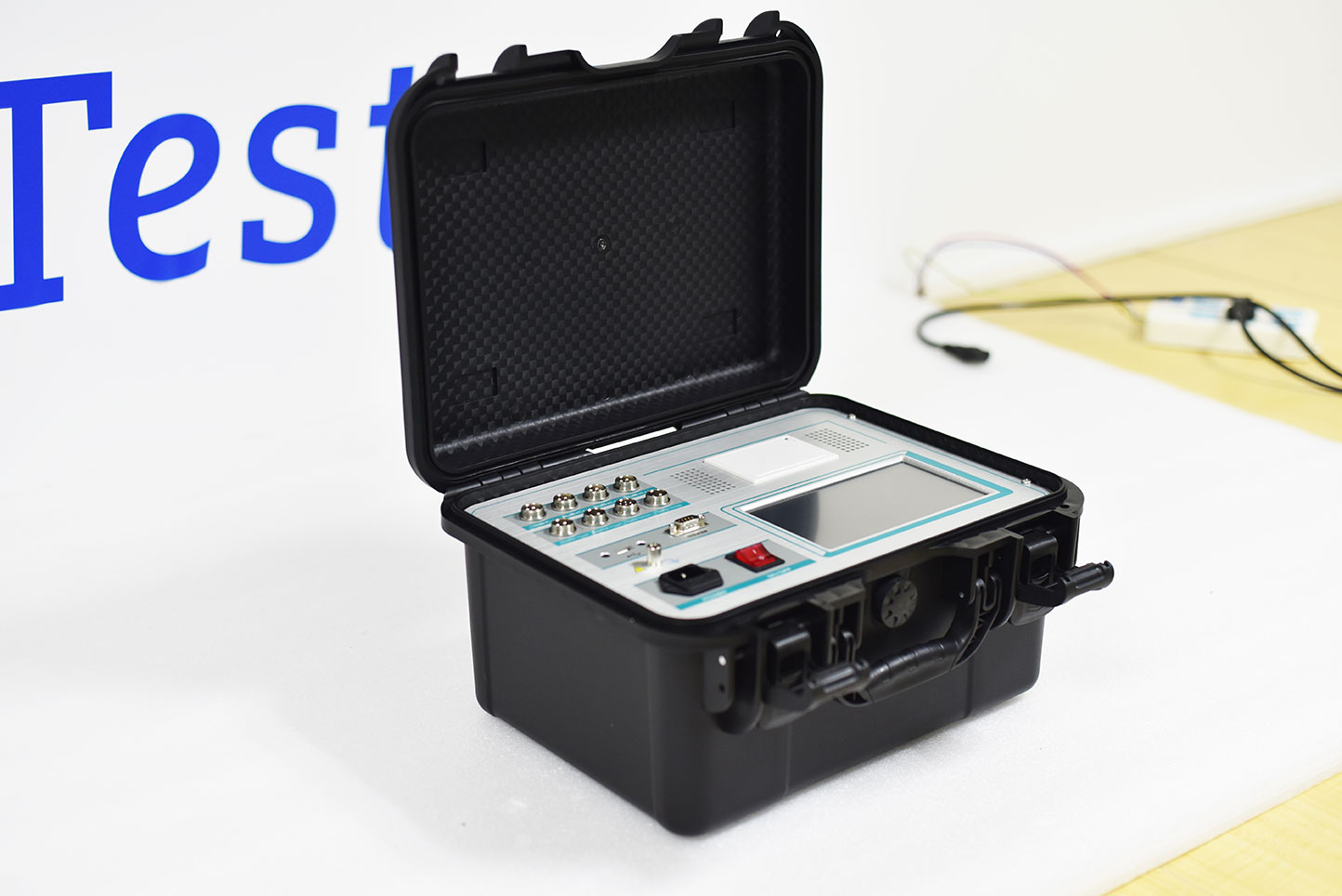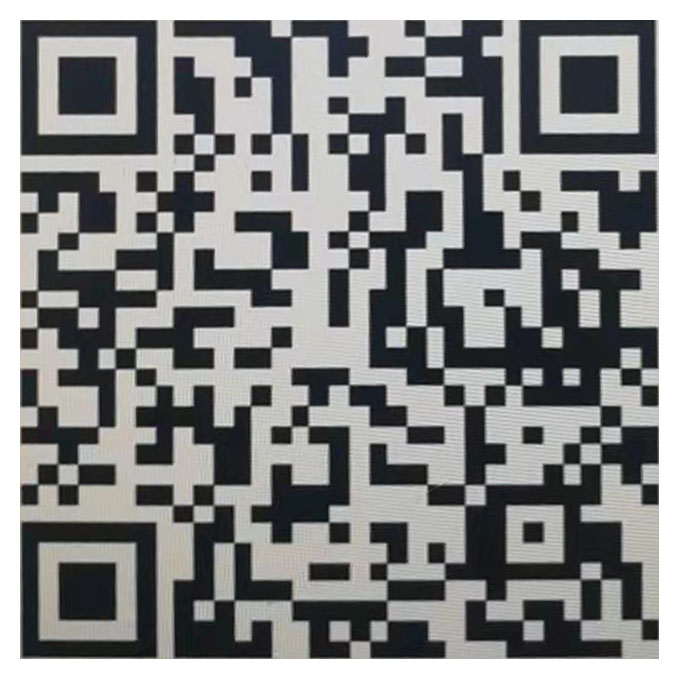The Time Travel Curve (T-T curve) is the core result of high-voltage switch dynamic characteristic testing. By recording the changes in contact displacement over time, it intuitively reflects the mechanical motion trajectory during the opening and closing process of the switch, and can be called the "electrocardiogram" of the switch's mechanical state. The following provides an in-depth analysis from four aspects: definition, composition, application, and case studies:
1. Definition and Core Values
Essence: A two-dimensional curve with time as the horizontal axis and stroke as the vertical axis, describing the movement process of the switch moving contact from the opening position to the closing position (or reverse).
Core values:
Fault diagnosis: Identify mechanical jamming, buffer failure, and other issues through abnormal curve shapes such as steps and oscillations.
Performance evaluation: Calculate key parameters such as opening/closing speed and overtravel, and quantify the mechanical performance degradation of the switch.
Life prediction: Compare historical curve trends to provide early warning of potential faults such as spring fatigue and mechanism wear.
2. Typical Abnormal Curve and Fault Analysis
① Mechanical jamming
Curve characteristics: Travel stagnation or sudden slope change (such as horizontal steps appearing in the middle of the opening process).
Reason for malfunction: insufficient lubrication, rusting of transmission components, and deformation of connecting rods.
② Buffer failure
Curve characteristics: The slope of the buffer period increases abnormally (due to insufficient contact deceleration), and the overtravel exceeds the nominal value.
Fault cause: Buffer oil leakage, spring fracture.
③ Spring fatigue
Curve characteristics: The slope of the acceleration period decreases (the speed of opening/closing decreases), and the overall curve shifts to the right (time prolongs).
Reason for malfunction: The elasticity of the opening and closing spring has decayed.
3. Principle and Data Processing of Tester Implementation
① Sensors and Sampling
Displacement sensor: Linear grating ruler (accuracy ± 0.01mm) measures the real-time displacement of the moving contact and outputs analog signals (0-5V).
High speed sampling: The tester collects displacement signals at a sampling rate of 1MHz, recording one data point every microsecond to ensure complete curve details.
② Curve generation and parameter calculation
Data filtering: FIR digital filter (cut-off frequency 10kHz) is used to eliminate high-frequency noise and preserve mechanical motion signals.
Just in/out point recognition: automatically mark key points through slope mutation algorithms (such as second-order derivative threshold method).
Parameter calculation: Based on curve data, calculate parameters such as opening time, initial opening speed, overtravel, etc., with an error of ≤± 1%.
The time travel curve is the core data carrier for high-voltage switch dynamic characteristic testing. Through curve shape analysis and parameter calculation, mechanical faults can be accurately located, performance degradation can be quantified, and key basis can be provided for the full life cycle management of switch equipment. With the intelligent upgrade of testing equipment (such as AI curve recognition), its application value will further expand to the field of fault prediction and health management (PHM).

Kvtester Electronics Technology Co.,Ltd. is a high-tech enterprise specializing in power testing, testing, research and development, production, and sales of testing equipment. It has been engaged in the electrical testing industry for many years, and its products are of high quality. We welcome customers to come and purchase. Service hotline: 0086-27-81778799, to learn more, visit the official website: www.kvtester.com





